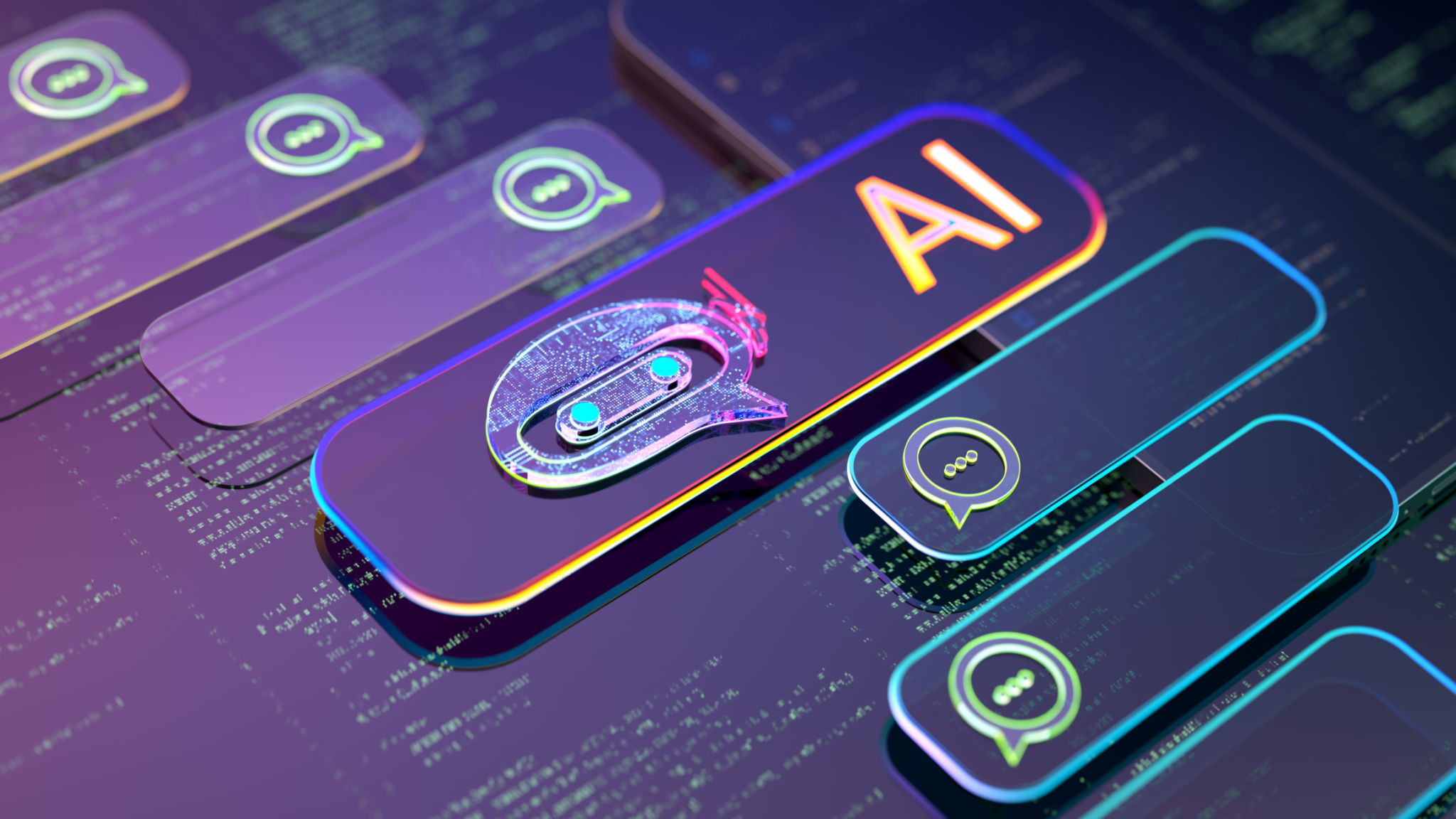Emerging Trends in Business Automation Technology: A Comprehensive Guide
Introduction to Business Automation
In the rapidly evolving world of technology, business automation has become a cornerstone for operational efficiency and enhanced productivity. As organizations look to streamline processes and reduce human error, understanding emerging trends in business automation is crucial. This guide explores the latest technologies driving automation and how they are reshaping industries.

Robotic Process Automation (RPA)
Robotic Process Automation, or RPA, is at the forefront of business automation technology. It involves using software robots to automate repetitive tasks, such as data entry or customer inquiries. RPA can significantly reduce costs and improve accuracy by minimizing human intervention in mundane processes. Businesses adopting RPA can focus their human resources on more strategic tasks.
Benefits of RPA
- Cost Efficiency: Automating routine tasks reduces labor costs and operational errors.
- Scalability: RPA systems can be easily scaled to handle larger volumes of work without additional workforce.
- Improved Compliance: By standardizing processes, RPA helps ensure consistent adherence to regulations.
Artificial Intelligence and Machine Learning
Artificial Intelligence (AI) and Machine Learning (ML) are revolutionizing business automation with their ability to learn and adapt. These technologies enable systems to make data-driven decisions, predict trends, and automate complex tasks that require cognitive functions. From chatbots providing customer support to predictive analytics in marketing, AI and ML are integral to modern automation strategies.

Applications of AI and ML in Business
AI and ML are deployed across various sectors to enhance decision-making and operational efficiency. In finance, they are used for credit scoring and fraud detection. In healthcare, AI assists in diagnostics and patient management. These technologies continue to evolve, offering more sophisticated solutions that adapt to changing business needs.
Internet of Things (IoT)
The Internet of Things (IoT) connects devices and systems, creating a network that facilitates seamless data exchange and automation. IoT devices collect vast amounts of data that can be analyzed to optimize processes, reduce downtime, and enhance customer experiences. Businesses leveraging IoT can gain a competitive edge by utilizing real-time insights for decision-making.

IoT in Action
In manufacturing, IoT sensors monitor equipment health to predict maintenance needs and prevent breakdowns. Retailers use IoT to track inventory levels and manage supply chains more efficiently. The integration of IoT with other automation technologies presents opportunities for innovation across industries.
Low-Code and No-Code Platforms
The demand for rapid digital transformation has led to the rise of low-code and no-code platforms. These platforms empower non-technical users to develop applications and automate processes without extensive programming knowledge. By democratizing software development, businesses can accelerate innovation and respond quickly to market demands.
Advantages of Low-Code/No-Code Solutions
- Faster Deployment: Applications can be developed and launched quickly to meet immediate business needs.
- Cost Savings: Reduces the need for large IT teams and extensive development cycles.
- Enhanced Collaboration: Encourages collaboration between IT and business units, fostering innovation.
Conclusion
The landscape of business automation technology is rapidly changing, driven by advancements in RPA, AI, IoT, and low-code platforms. By embracing these emerging trends, businesses can achieve greater efficiency, scalability, and innovation. As automation continues to evolve, staying informed about these technologies will be key to maintaining a competitive edge in the market.